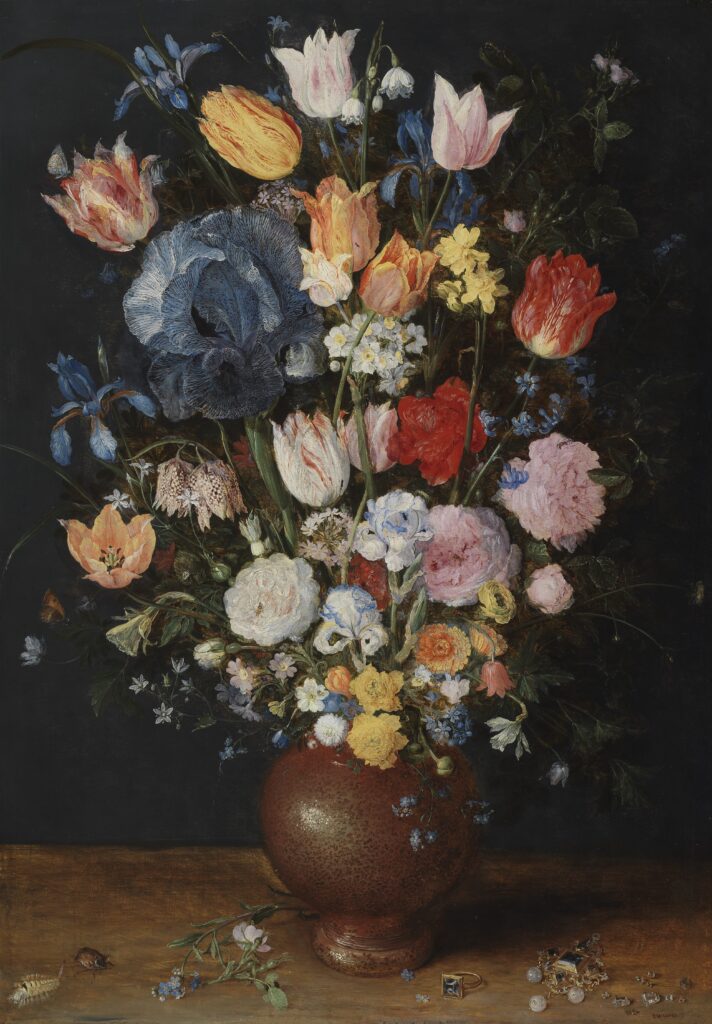Enjoy this article?
Most Museums Journal content is only available to members. Join the MA to get full access to the latest thinking and trends from across the sector, case studies and best practice advice.

Glenn Ligon, who is based in New York, uses his art to explore American history, literature and society. He is best known for his neon installations and text-based paintings that draw on cultural figures such as the writers James Baldwin and Zora Neale Hurston, and the comedian Richard Pryor.
His latest exhibition, Glenn Ligon: All Over The Place, involved delving into the collections of Cambridge’s Fitzwilliam Museum to create a series of site-specific interventions across many of the venue’s permanent galleries. Items chosen by Ligon include artworks by Frank Auerbach and Edgar Degas, as well as objects such as Korean moon jars, a pair of 18th-century Chinese imitation Wedgwood vases and a book of 12th-century poetry.
I always think of museum galleries as real estate that curators don’t want to give up. So, I was very surprised that when I suggested we empty out a bay in the early Italian galleries, they went for it. They also let me do a huge salon-style hang with paintings of flowers.
I just said that it would be great to do, not realising that it would take a year of planning and conservation – all those things that had to happen to make these paintings, many of which had been in the storeroom for years, presentable, so they can be on public display. The willingness of the institution to do that was extraordinary. Nobody said no to me, even if they thought no.
I was thinking about Dutch still-life paintings, flower paintings, and have those questions that everybody has, like where do the flowers come from and why are they all in bloom simultaneously? And where are the animals and shells coming from in the paintings?
This is a moment of Dutch expansion all over the world, so these things are coming from its colonies. They are beautiful flowers, but they’re also records of empire and expansionism. As the writer and photographer Teju Cole said: “There’s almost always trouble in any work of art. That does not spoil our enjoyment of it, it deepens it.” I took that as a way of thinking about this – that you can enjoy them as flower paintings, but you can also think about the politics and the upheaval that produced them.

For me, the whole point of doing curatorial projects is to learn something. And it’s been amazing – and, I guess, joyful – in that I had access to things that I didn’t know before.
I realise that it’s a privilege too, as an artist working in the museum, to have this access. Normally these are, in some ways, very closed spaces. So, the access I have had to the museum’s collection has been extraordinary.
Glenn Ligon: All Over The Place is at the Fitzwilliam Museum, University of Cambridge, until 2 March 2025
Most Museums Journal content is only available to members. Join the MA to get full access to the latest thinking and trends from across the sector, case studies and best practice advice.